- Ideal for a small home
- Questionable purchase for the elderly
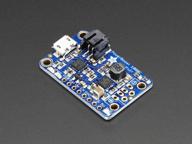
3
·
Very good

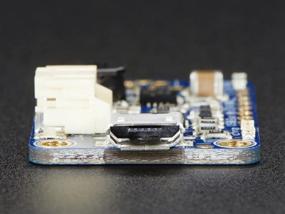
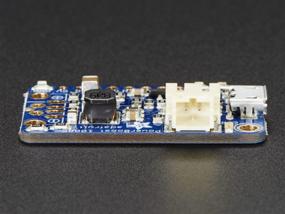
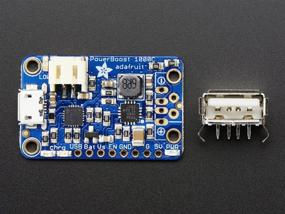
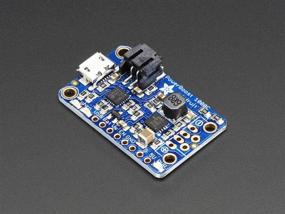
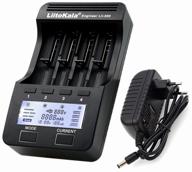
Charger LiitoKala Lii-500

56 Review

Metkix Jumbo Pet Hair Remover - Extra Large Lint Roller Refills With 120 Sheets Total For Pet Hair, Furniture, Bed, And Floor - 6.3" Giant Lint Roller For Couch - 2 Pack

54 Review

🧺 Tide Pods Original 3-Bag Value Pack with 111 Laundry Detergent Pacs - HE Compatible

148 Review

Tide PODS 4 in 1 with Febreze Sport 🧺 Odor Defense, 73 Count, High Efficiency Laundry Detergent Soap PODS

186 Review
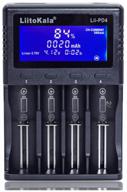
🔌 LiitoKala Lii-PD4 Charger: A Powerful and Efficient Charging Solution

7 Review
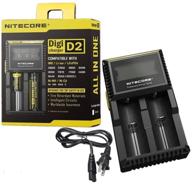
🔋 Improved Nitecore D2 Battery Charger with LCD Display - Universal Smart Charger for Rechargeable Batteries: IMR, Li-ion, LiFePO4, Ni-MH, Ni-Cd

5 Review
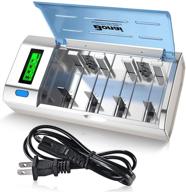
💡 BONAI LCD Universal Battery Charger with Discharge Function for AA, AAA, C, D, 9V Ni-MH Ni-CD Rechargeable Batteries

4 Review
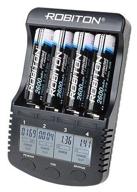
🔌 ROBITON Pro MasterCharger

5 Review

Efficient Cleaning Made Easy: Yocada Microfiber Spray Mop With 2 Washable Pads For All Floor Types

45 Review

Dunlop SP Sport Maxx 050 235/55 R17 103Y summer

41 Review

20 Foot High Reach Duster For Cleaning Kit With 5-12Ft Heavy Duty Extension Pole, Sturdy Extendable Microfiber Feather Duster, High Ceiling Fan Duster, Cobweb Dusters, Window Squeegee Cleaner Kits

35 Review

Effortlessly Clean Hard Floors With DEERMA'S 360° Rotation Spray Mop - Includes 8 Microfiber Refills And 350Ml Water Tank

42 Review